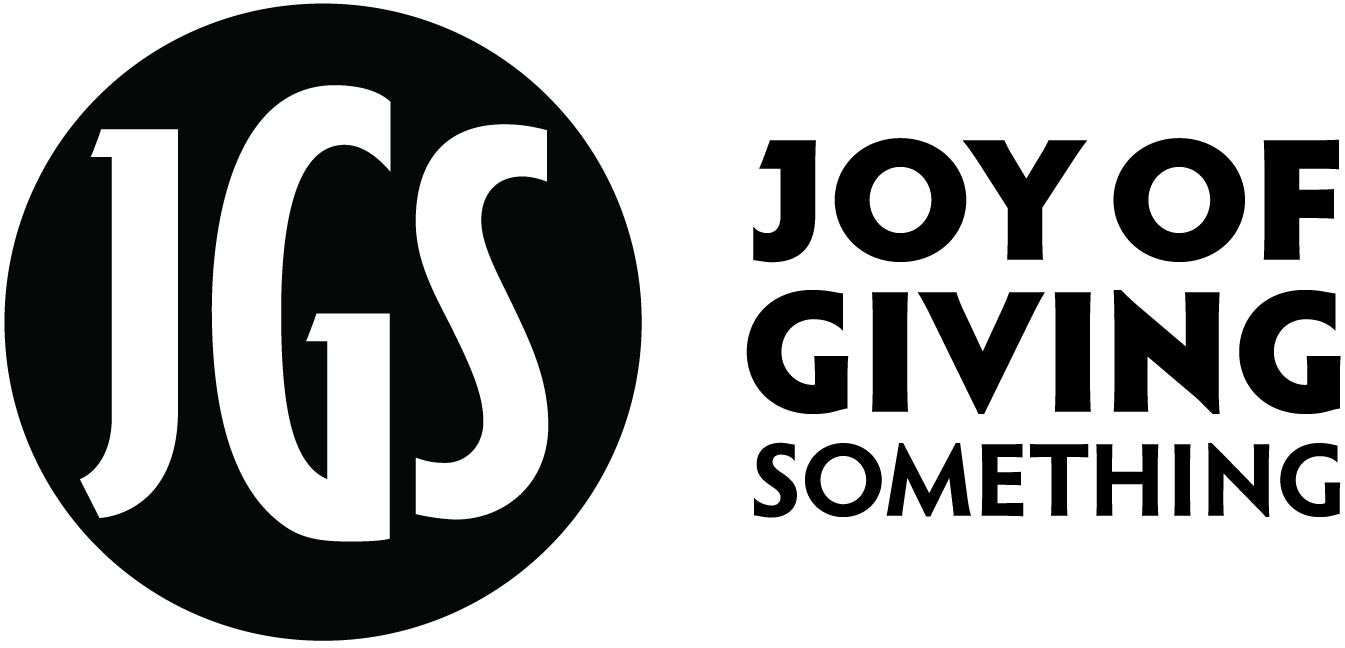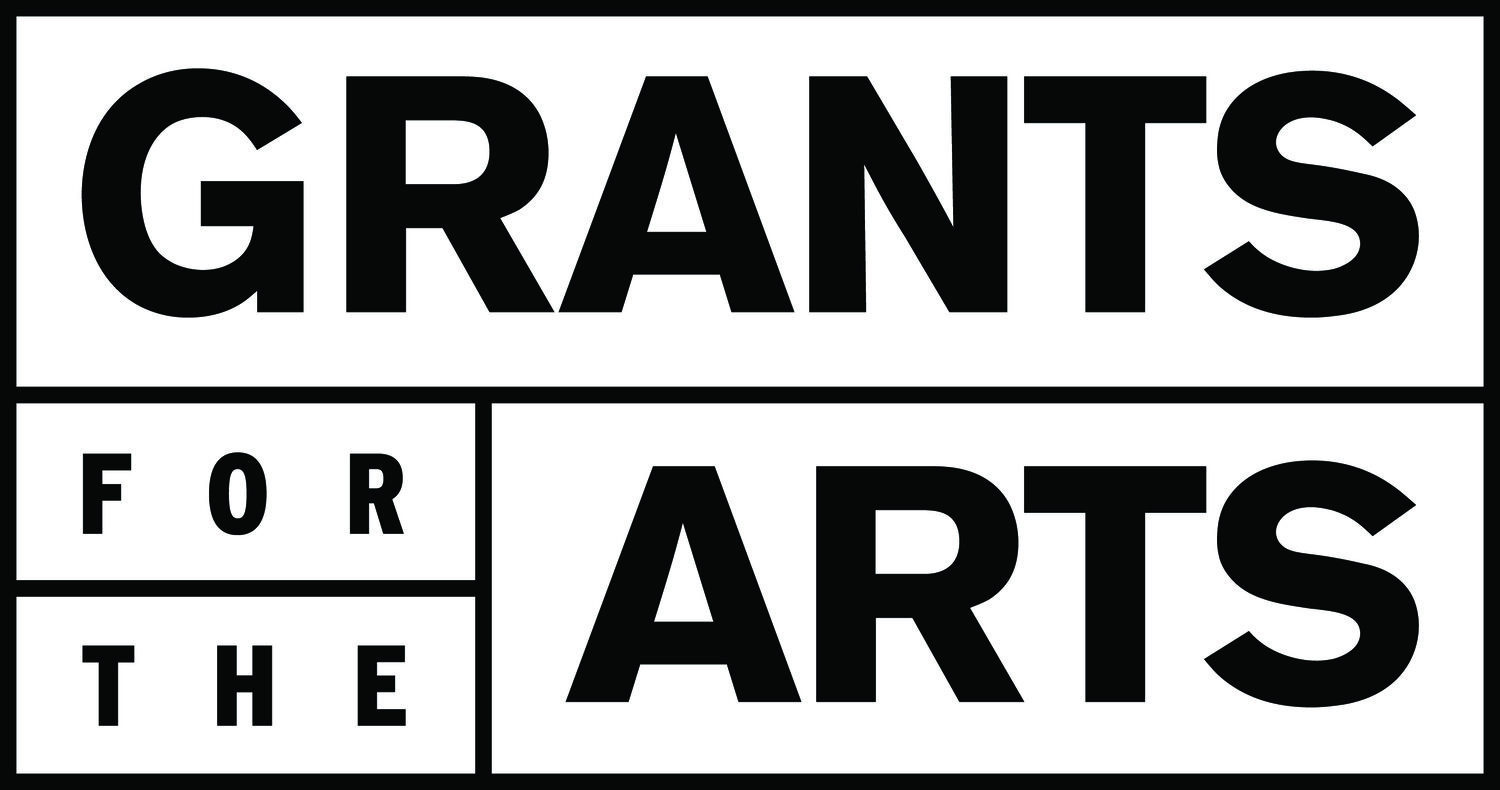CURATOR’S ESSAY
Pete Brook, May 19th, 2020
“Like the state, the camera is never neutral.” — John Tagg
For as long as prisons have existed they have been in crisis: overcrowded, unsanitary, traumatizing and lethal. The work of criminal justice reformers and prison abolitionists is always urgent, but never more so than now in the midst of a pandemic. Covid-19 has exposed the deathly grasp of our prison system. Prisoners are paying with their lives.
When planning for Cell Signals began in spring 2019, we couldn't have imagined the states of emergency, the shelter in place orders and the public health crises that have shaped spring 2020. Our response to the pandemic has given new context to our social relations. The presence of the virus in prisons gives new context to this exhibition. At time of publication, in our state-run prisons and federal penitentiaries, more than 25,000 prisoners have tested positive for the coronavirus, and 373 have died. Firm data from the thousands of county jails is harder to come by but we can be sure it inflates these already tragic numbers.
It is impossible to social-distance in a prison or jail. Close quarters along with the lack of PPE and cleaning supplies elevates the risk of transmission of viral contagion. In the worst cases, when testing has been carried forth, the Federal Correctional Institution in Lompoc, California reported that 70% of prisoners tested positive. At Marion Correctional Institution in Ohio, following a wholly inadequate state response, more than 80% of the people warehoused there were infected with Covid-19. Thirteen died.
Substandard medical care and preventable deaths are well documented in prisons. But, even in the time of Covid-19, it doesn’t need to be this way. Novel and comparatively humane moves by different corrections administrations have proven effective in reducing infections. In the early weeks of the pandemic, Rikers Island Jail in New York had an infection rate seven times that of the average across the five NYC boroughs. Following, the release of hundreds of pretrial detainees and medically-vulnerable prisoners, Rikers has stymied the upward trend. On March 31, partly in response to the demands of Californian activists, Governor Gavin Newsom ordered the early release of people already scheduled for parole in mid-2020. In the relatively progressive Golden State, the release of 3,500 state prisoners was a small but important first step. Unfortunately, similar applications of sensible and nimble public health strategy have not been implemented by all administrators within the 6,000+ U.S. prisons and jails nationwide.
Structurally violent and negligent by design, the prison system treats the lives of the convicted as disposable. The public health crisis that we are currently experiencing folds into our perpetual prison crisis. It is a deathly convergence. We remember those who have died inside, and we acknowledge those who have tried to save people from dying inside.
From the very onset of the pandemic, ferocious and well-drilled activists and abolitionists have raised their voices where prisoners have none. Groups such as the California Coalition for Women Prisoners, Critical Resistance, Just Leadership USA and Decarcerate PA have mounted campaigns to educate the public and petition politicians. Organizations such as the Prisoner Reentry Network, Legal Services for Prisoners with Children (LSPC) and the Prisoner Advocacy Network have provided direct services to people getting out. The Essie Justice Group continues to support women with incarcerated loved ones and pushes their voices to the forefront of the public discussion, as it should be. Legal advocates with Re:Store Justice have connected the public to the continued work by the Prison Law Office and co-counsel in continued measures to protect prisoners’ Eighth Amendment constitutional right to access healthcare. Much of the material recommended in SF Camerawork’s COVID-19/Prisons Resource Page is created by these same groups. I applaud them and thank them.
Reflecting on the current and especially dire situation, it's fair to wonder what use images—collected and arranged for an exhibition—have in a time of crisis. How can we use the images as a new lens on mass incarceration? How might these images pull more Americans into the decarceration movement? The artists in Cell Signals provide novel and halting visual moments.
The Free Mind Collective abandons text and establishes a visual exchange; the deliberative process demands that collaborating artists connect on a personal level, and that consequent audiences access prisoners’ creativity from the off. Every exchange rests on shared humanity, regardless of labels. Brandon Tauszik and Harshaw’s cinemographs (GIFs) and interviews, in Facing Life, demand we slow down; modest actions and tightly edited quotes give momentary pause for viewers to consider the decades Tauszik and Harshaw’s subjects spent in prison and their circumstances since release.
Eddie Herena’s prison newspaper photo archive is shared in its most extensive form and you’re invited to thumb through (hundreds of Herena’s prints fill the tables, and can be handled, in the gallery installation). Adam Chin’s eerie A.I. mugshots in Front & Profile forewarn of creeping facial recognition. A.I. neural networks are increasingly put to use for facial recognition platforms that are then adopted by law enforcement. Such technologies have been shown to reflect the same prejudices and biases of society, with more false-positives when identifying people of color.
Robert Gumpert's Sin is the Problem, Sin is the Blame is a series of straight shots of the same blackboard in San Francisco County Jail. Shot over a five-year period, this durational project documents the peculiar dogma and affirmations of jail self-help and bible study programs. Jodi Darby’s video piece Carceral Sales Event rehashes popular TV culture, horrific news stories of custodial neglect, and archive footage of consumerism; at its root, takes an abolitionist argument connecting the pacifying qualities of capitalism to the wider public’s apathy to the need to dismantle the prison industry. In State Between, Wray Herbert-King’s screen-portraits make us seriously see the jail video-visitation. A staggering number of county jails have replaced in-person visits with video-visitation. Without choice or recourse, prisoners are expected to embrace the insipid feed in lieu of warm, personal touch.
Just as ally-citizens, politicians, journalists and members of the tech sector pushed the passage of reliable information about Covid-19 across media and social channels, so too prisoners' families and activists pushed state authorities for reliable information about conditions inside prisons and jails. Tedros Adhanom Ghebreyesus, the Director-General of the World Health Organization has said that dealing with the global coronavirus pandemic means also dealing with an “infodemic.” Accurate information is the foundation of positive action.
The artists here reimagine common platforms of contact—web-based peer-to-peer video feeds; pen-pal correspondence; educational instruction; cable news; Hollywood views; and photojournalism. Cell Signals also calls for us to consider the effects of machine learning (and decision-making) in our lives and laws. This exhibition is about broadcast, transmission and communications. Cell Signals points toward the political power baked into the unilateral control of authorized information circulated from behind prison walls.
The majority of images that intersect with the criminal justice system—body scans, mugshots, identikits-sketches, line-ups, predictive policing, total CCTV coverage, automatic license plate readers, facial recognition systems, forensic image analysis, courtroom re-enactment, telecast parole hearings, crime scene images, satellite feeds, bodycam footage, criminal databases, fingerprint databases, DNA databases and more—are created and used by the state. All have played a part in delivering men, women and children into the belly of the carceral beast. As such, the insistence (and reliance) upon artists’ works in Cell Signals might seem like a perverse curatorial maneuver, yet I believe social change begins with, among other things, the pointed and self-aware arguments made by caring artists. Individual voices can scale up even as state violence trickles down.
During the coronavirus pandemic, and without choice, we’ve all been pressed to think about our own health and mortality, and consider our responsibility to others. People across the United States have re-established old connections and forged new ones. Does our care reach past our front door? Does our concern extend to the end of the block, to our child’s classroom, to the aisles of our local supermarket, to our city limits, or beyond? Does our responsibility for others reach to the overcrowded cellblocks that our tax dollars pay for?
Priorities are in strange order right now. If there’s ever a return to “normal,” will our concern return only to those people we see during our normal days? Or might we be able to turn our thoughts to the distant strangers with whom we’ve experienced this cultural shift? It is my hope that Cell Signals may focus our attention during this time of crisis upon the millions of people incarcerated in the United States who, every day, survive the abnormal operations of a prison system in perpetual crisis.



